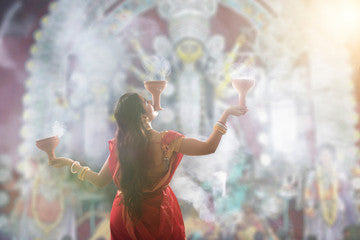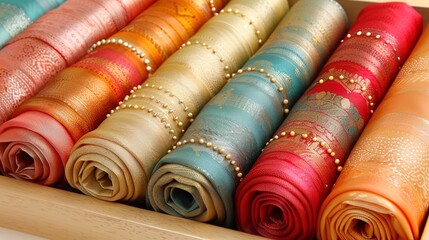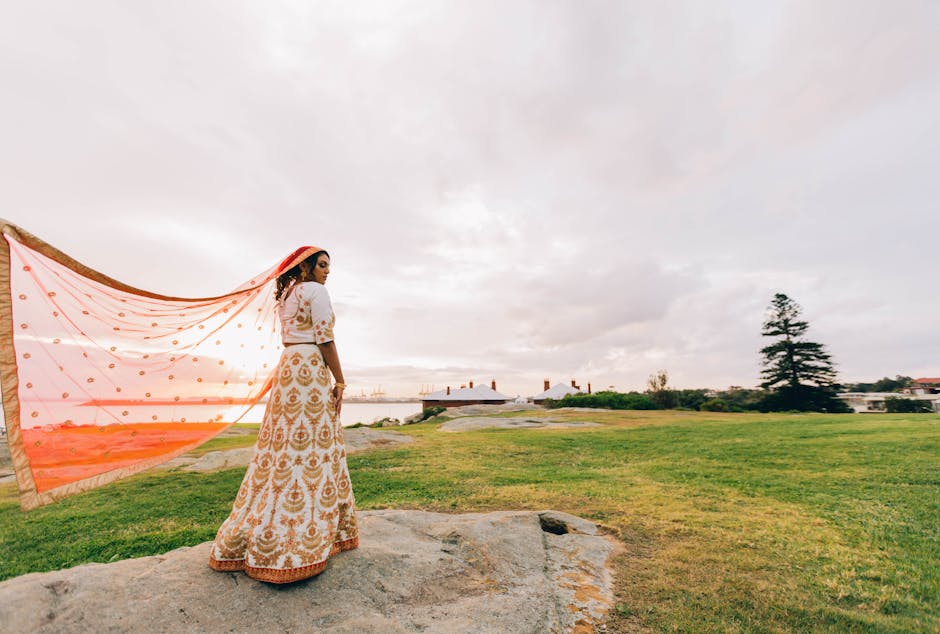Threads of Nobility: The Forgotten Aristocratic Heritage of Muslin Silk Sarees
Introduction: The Fabric That Breathed Royalty
Centuries ago, when Bengal was the crown jewel of textile artistry, one fabric stood above all others — Muslin. Soft as moonlight and light as mist, it was said that a full-length Muslin saree could pass through a ring. Known as woven air, Muslin Silk Sarees represented the zenith of Bengal’s cultural and artisanal splendor.
Once draped by queens, princesses, and Mughal aristocrats, the Muslin Silk Saree was not merely an attire — it was a declaration of nobility, taste, and refinement. Today, as heritage reclaims its voice, Balaram Saha Handloom Saree Store revives this lost legacy, offering sarees that bridge centuries of artistry with the aesthetics of modern fashion.

The Origins of Muslin: Bengal’s Gift to the World
The origin of Muslin lies deep within the fertile plains of Bengal, where fine cotton known as Phuti karpas was cultivated along the Meghna River. The threads were spun so finely that they required humidity and precision known only to Bengal’s weavers. The city of Dhaka became the heart of Muslin production, exporting this ethereal fabric to Persia, Rome, and Europe.
In Mughal India, Muslin were elevated to divine status. The Empress Nur Jahan, known for her impeccable taste, introduced Muslin into the royal wardrobe, transforming it from humble fabric to imperial treasure. The combination of Muslin’s fineness and silk’s regal sheen birthed what we now celebrate as the Muslin Silk Saree — an heirloom of texture, tenderness, and timeless luxury.
The Aristocratic Era: Muslin and Bengal’s Elite
The aristocrats of Bengal — the zamindars and rajanis — embraced Muslin Silk as the emblem of sophistication. During the late 18th and early 19th centuries, no gathering or cultural soiree in Calcutta was complete without women draped in these featherlight sarees. The weave’s translucency symbolized purity, while its sheen reflected social stature.
Every Muslin Silk Saree was painstakingly woven by hand. Each thread represented days of labor, and each motif — inspired by lotus blooms, vines, and stars — carried poetic undertones. The sarees were so valuable that they were passed down generations as dowries and heirlooms, embodying the essence of Bengal’s aristocratic pride.

Colonial Shadows: The Decline of Bengal’s Golden Thread
However, the dawn of industrialization and colonial interference marked the decline of this majestic fabric. The East India Company’s policies devastated Bengal’s textile economy. Imported machine-made fabrics from Manchester began replacing handwoven Muslin in global markets. Skilled artisans were displaced, and centuries of expertise began to vanish.
By the mid-19th century, the once-thriving Muslin industry had nearly collapsed. The few surviving weavers retreated to rural pockets of Dhaka and West Bengal, quietly preserving their ancestral craft. Muslin, once a royal symbol, faded into obscurity — its stories trapped in museum exhibits and forgotten attics.
Balaram Saha: Reviving the Lost Glory
Amidst this loss, one name stands as a guardian of Bengal’s weaving legacy — Balaram Saha. Established in the cultural heart of Kolkata, the Balaram Saha Handloom Saree Store in Gariahat has been synonymous with authenticity and heritage. For generations, it has celebrated Bengal’s weaving excellence — from pure handloom cotton sarees to handloom silk sarees, tussar silks, and the jewel of them all — Muslin Silk Sarees.
Through collaborations with rural artisans and weaving cooperatives, Balaram Saha online now showcases Muslin Silk Sarees that retain the ancient fineness of weave while adapting to contemporary tastes. Their Muslin collection is characterized by:
-
Handwoven Muslin Silk Sarees – each piece crafted using traditional looms.
-
Dhakai Muslin Sarees – reviving Mughal-era patterns with delicate floral and geometric motifs.
-
Muslin Sarees with Zari Embroidery – combining Bengal’s softness with regal accents for festive occasions.
Every saree from Balaram Saha’s collection carries the touch of time, echoing the whispers of nobility.
The Weaving Process: Where Patience Meets Perfection
The art of weaving a Muslin Silk Saree is a story of devotion and endurance. The yarns are hand-spun from the softest cotton, blended with silk fibers for added lustre. The weaving demands humidity, precision, and rhythm — any imbalance could break the thread.
On the loom, artisans weave intricate motifs using the jamdani technique — a process where patterns are inlaid into the fabric rather than embroidered on top. This gives the Muslin its seamless design and flowing elegance. A single saree may take anywhere between three weeks to three months to complete, depending on the complexity of its motifs.
Muslin Silk in the Modern World
Today’s fashion landscape is rediscovering the poetic grace of Muslin Silk Sarees. From contemporary designers to cultural curators, the global fashion industry has re-embraced Muslin as a symbol of slow fashion and sustainable luxury. Its lightweight texture, breathability, and handcrafted essence make it perfect for all seasons.
At Balaram Saha online, these sarees appeal to both traditionalists and modern minimalists. Whether it’s a bride seeking heritage elegance or a professional adding artisanal flair to her festive wardrobe, Muslin Silk speaks to every generation.
Styling Muslin Silk Sarees: The Art of Understated Luxury
The Muslin Silk Saree’s versatility lies in its simplicity. Here are some timeless ways to style it:
-
The Heritage Look: Pair a classic white Muslin Silk Saree with red borders and gold jewelry for a touch of old-world aristocracy.
-
Contemporary Grace: Opt for pastel Muslin Sarees and style them with statement earrings and a minimalist blouse.
-
Fusion Ensemble: Drape the saree with a belt or jacket for a modern twist that still honors tradition.
-
Evening Elegance: Opt for deeper hues — such as indigo, maroon, or emerald — for festive evenings and cultural events.
These styling ideas blend Muslin’s ethereal elegance with the modern woman’s individuality.

Sustainability and Legacy: Weaving the Future
Muslin Silk embodies the principles of eco-conscious fashion — biodegradable fibers, minimal dyeing, and zero waste. Unlike synthetic textiles, each saree is handmade, creating livelihoods for rural weavers and supporting artisan communities.
Through initiatives by Balaram Saha, these weavers receive fair wages, training, and recognition. By promoting Muslin Silk, Balaram Saha ensures that heritage and sustainability go hand in hand — securing the art form for future generations.
Celebrity Endorsements and Global Appeal
In recent years, celebrities and fashion icons have brought Muslin Silk back into the limelight. Renowned Indian actresses, art patrons, and even global fashion stylists have embraced the timeless charm of Muslin. From red-carpet events to cultural exhibitions, the Muslin Silk Saree has become synonymous with quiet sophistication.
Fashion magazines now feature Muslin Silk from Balaram Saha’s collection as a must-have for those who appreciate authenticity and craftsmanship. Its revival also coincides with a larger movement toward Made in India textiles — celebrating local artistry on global runways.
Conclusion: The Noble Thread Lives On
The tale of Muslin Silk Sarees is not one of nostalgia but revival — of ancient hands weaving the present with the past. In every warp and weft lies the story of Bengal’s aristocracy, resilience, and unmatched artistry.
Balaram Saha’s Muslin Silk Sarees are more than fabric; they are heirlooms reborn, each carrying whispers of nobility and timeless grace. To own one is to wear history — to drape yourself in the legacy of queens, poets, and artisans whose work continues to inspire generations.
As Bengal’s looms sing once again, their whispers of silk remind us: elegance is eternal, heritage is priceless, and tradition, when preserved, never fades.





